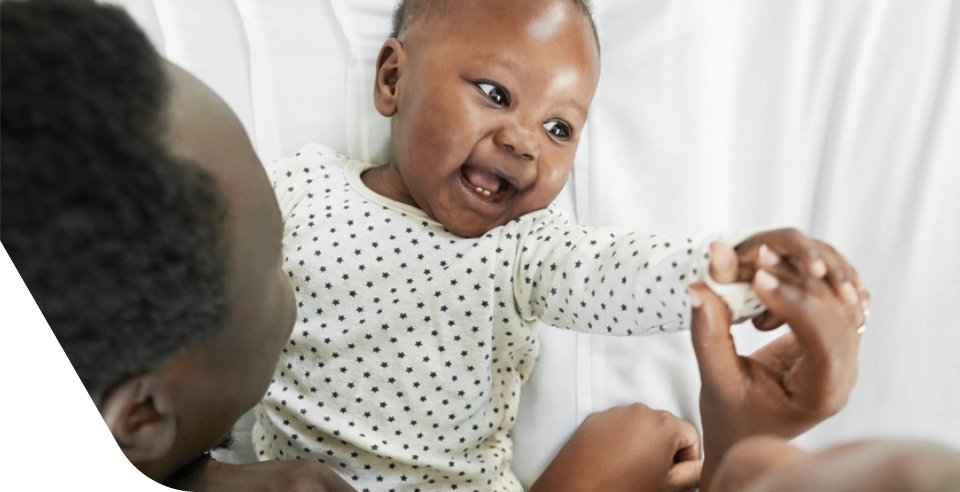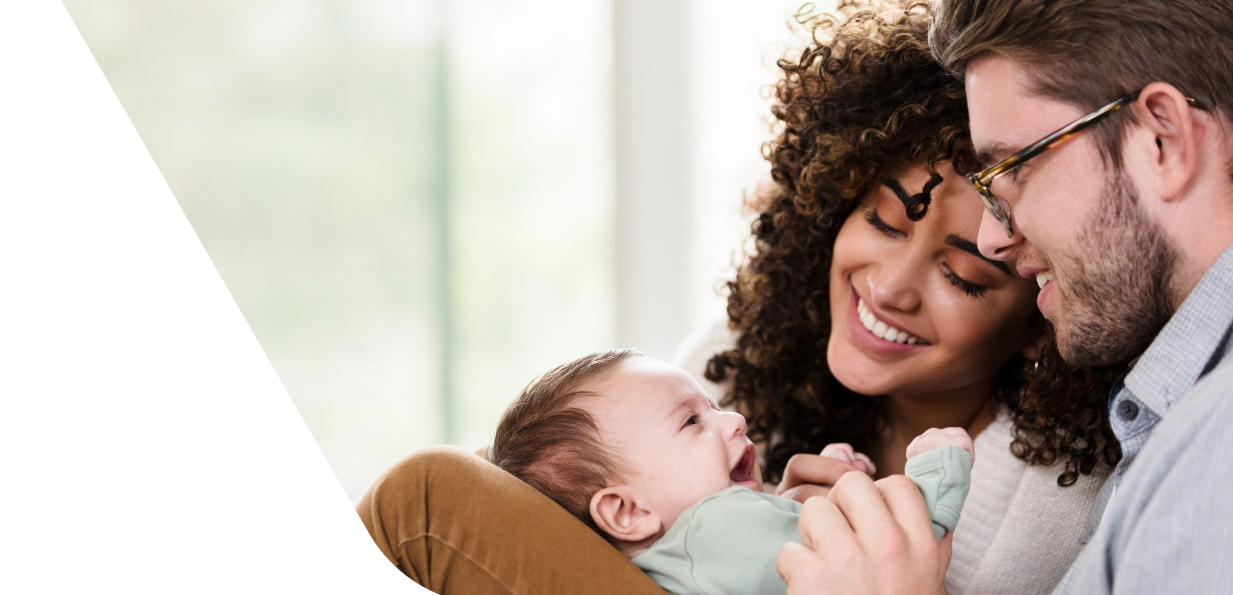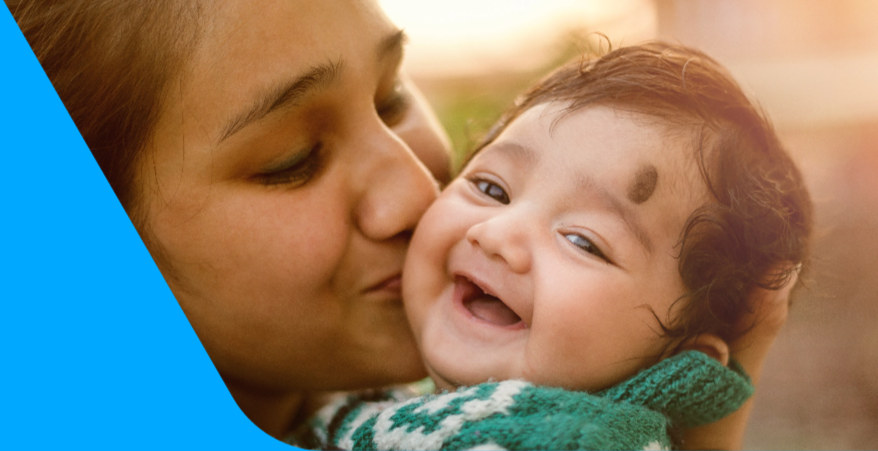Newborns tend to follow pretty straightforward paths as they develop. But babies begin to show more variation in their development as they get older. Personality is partly responsible for this. Some babies hit certain physical milestones sooner than others because, for example, they’re more active by nature. You can support your baby in reaching developmental targets by ensuring she receives good nutrition. And don’t underestimate the simple act of being her guide as she learns about her new world.
Here are some of the developments you’re likely to see by the end of your baby’s fourth month.
Cognitive
Your baby is beginning to discover cause and effect: She makes the connection that shaking a rattle produces a sound. Her memory is also expanding. She can remember having done an activity before, and she tries it again to see if it creates the same result. (Get ready to pick up lots of things she will drop!) A longer attention span means your baby spends more time experimenting with—and learning from—these exercises. She’s fascinated by new toys and built-in entertainment: her own arms and legs.
Motor
Though it may not look like she’s up to much, your baby is coordinating the set of movements that will later enable her to roll over and sit up. From her tummy, she can lift her head as well as raise her chest, supporting her weight on her arms. She may rock back and forth and flex her ever-stronger legs. She may even manage to roll from her tummy to her back.
Communication
Your baby continues to coo and begins to babble to the point that it really seems like she’s talking to you. A string of sounds may rise up at the end, like a question, for example, and follow the rhythms and intonations of your native language. Squealing and laughing begin, too—enjoy the new ways your baby is learning to use her voice to express herself.
Social
Is someone watching you? Your baby closely observes her favorite things in the world, especially the people most familiar to her. From you, she’s picking up how people connect with one another. She’s beginning to understand that flashing you a smile will get her a smile in return, for example. When something amuses her, she may squeal, laugh, or move her arms and legs to share those emotions with you. It’s becoming easier to know what she’s thinking and feeling.







